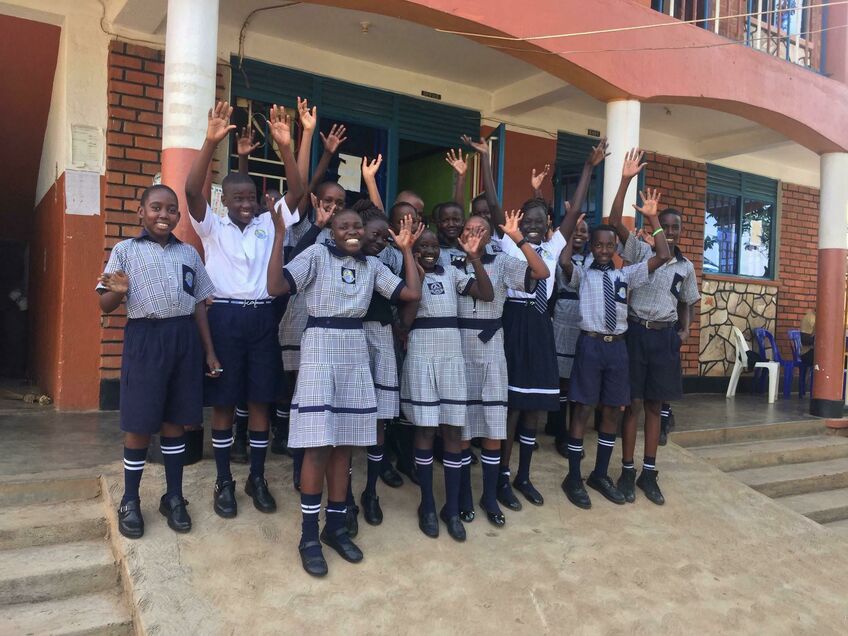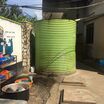Project
Apex Nursery and Primary School
Project Complete!
Serving 373 students in Uganda’s Tula community as a private boarding and day primary and nursery school, Apex Nursery and Primary School currently relies on a metallic rainwater collection tank that has a low storage capacity and is breaking down - so much so that the Ugandan Water Project (UWP) team, our implementing partner, on the ground cited it as “beyond repairing.” The school must also bring water in from a tanker truck, meaning they pay roughly 500,000 Ush ($135 USD) monthly on water expenses alone. Apex Nursery and Primary School does use chlorine tablets to clean their water, but those are extra money and are difficult to dose. The UWP filter systems will eliminate that cost, and the water will be much safer. Overall, Apex Nursery and Primary School needs a rainwater collection system to provide safe drinking water, handwashing, and more.
PROJECT PROPOSAL:
The UWP will erect a 10,000-liter polyethylene tank on a base made of brick, hardcore, and cement. Once cured, the crew will place the tank on the base, create an overflow hole at the top of the structure, and attach a pipe to it that will extend six inches beyond the perimeter of the base. Crew members will also attach face boards to the roof of the building adjacent to the tank to create a suitable surface to which they can attach the gutters that will allow water to flow from the metal roof to the tank. Just before the outlet pipe reaches the tank, a “T” joint will be inserted to create a first flush, a rudimentary filtration system that reduces the amount of debris and contaminants that enter the tank. The crew will then construct a protective wall around the tank and first flush and a tap stand located slightly downhill from the tank. The rainwater collection system will be paired with four Sawyer Point One water filters to ensure that all water collected from the tank will be safe for drinking.
The UWP will erect a 10,000-liter polyethylene tank on a base made of brick, hardcore, and cement. Once cured, the crew will place the tank on the base, create an overflow hole at the top of the structure, and attach a pipe to it that will extend six inches beyond the perimeter of the base. Crew members will also attach face boards to the roof of the building adjacent to the tank to create a suitable surface to which they can attach the gutters that will allow water to flow from the metal roof to the tank. Just before the outlet pipe reaches the tank, a “T” joint will be inserted to create a first flush, a rudimentary filtration system that reduces the amount of debris and contaminants that enter the tank. The crew will then construct a protective wall around the tank and first flush and a tap stand located slightly downhill from the tank. The rainwater collection system will be paired with four Sawyer Point One water filters to ensure that all water collected from the tank will be safe for drinking.
H2O for Life is not a WASH (water, sanitation and hygiene) project implementer. We have partnerships with non-governmental organizations (NGOs) implementing WASH in Schools projects around the world. Our NGO partners match funds needed for each school project. We also have a generous donor that provides us with an interest-free loan that, along with matching funds, allows for many projects to be started or possibly even completed before total funds have been raised. In rare situations we reserve the right to reallocate funds to alternate project(s).
Questions? Ask us at 651-756-7577 or info@h2oforlifeschools.org.
No Updates




